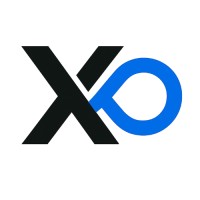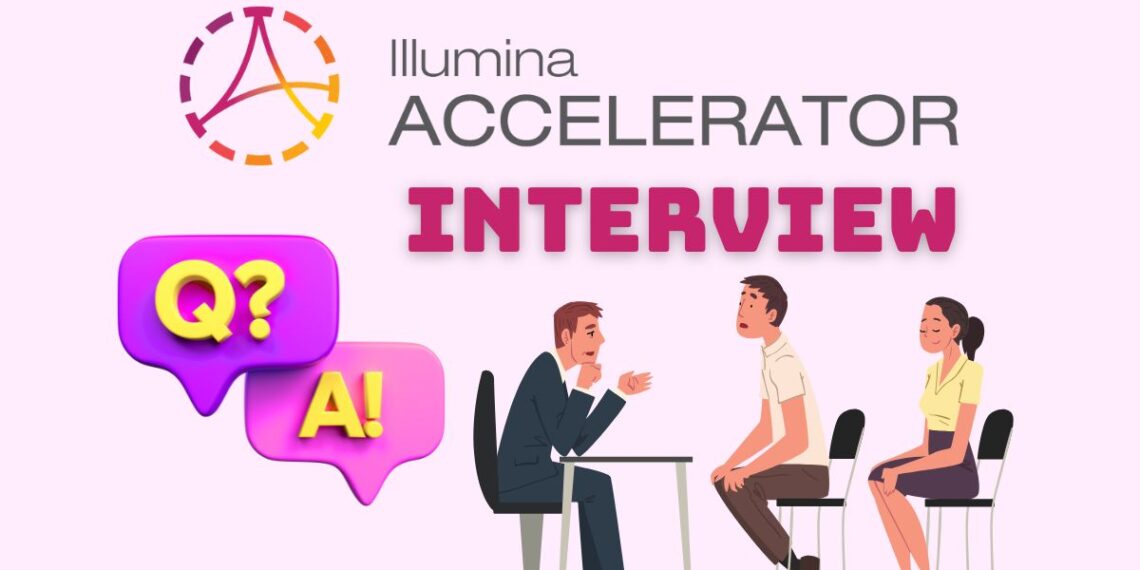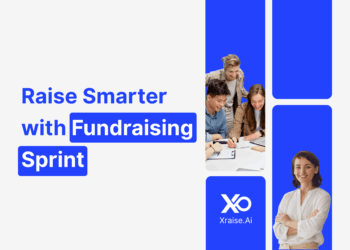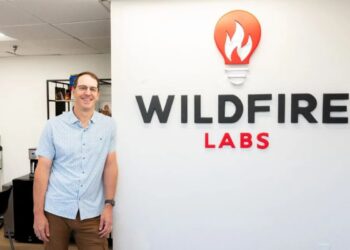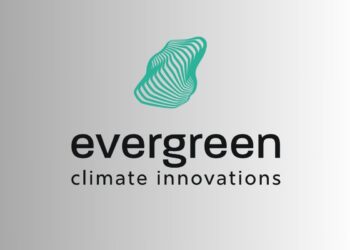If you’re reading this, you’ve already cleared dozens of hurdles and been invited to interview for Illumina Accelerator—🎉 congrats! Now comes the moment of truth. Selection Day is no ordinary pitch: it’s a technical, high-stakes panel where every second counts ⏱️ and every answer is scrutinized 🔍. If you’re feeling a mix of excitement and “How do I best prepare for this?”—you’re not alone. This tactical guide breaks down exactly what to expect, how to get ready, and what it really takes for founders to stand out in the Illumina Accelerator interview. 🚀
Demystifying Selection Day: What Actually Happens on Illumina Accelerator Interview Day
Selection Day is where Illumina’s selection team puts your entire company under a microscope 🔬. It’s designed to test not just your story, but your scientific rigor, business logic, and strategic alignment—all in real time. Let’s set the table:
Selection Day is a formal, virtual panel interview (think Zoom), not a friendly chat. You’ll make a 10-minute pitch to a panel that typically features:
- 🧪 Illumina R&D and Commercial execs
- 💼 External venture capitalists
- 🧬 KOLs (Key Opinion Leaders) and founders from genomics
After your pitch comes 20–30 minutes of rapid-fire Q&A. Expect deep, sometimes intense grilling—especially on a) your science, and b) your business case. They move fast, switching from technical details to business strategy in the blink of an eye. This is designed to stress-test every important claim and assumption. 👩🔬💼
Why the “grilling”? Because a “yes” requires alignment across the scientific, business, and strategic axes. You’re pitching not just for funding, but for membership in a closely watched, high-value ecosystem.
What founders get wrong: Treating this like a generic VC pitch, focusing only on market size or topline vision. Illumina wants to see specifics: How are you pushing the boundaries of genomics? How do you specifically leverage Illumina’s platforms?
What They Actually Ask: Breaking Down Real Illumina Accelerator Interview Questions
Selection Day questions aren’t random—they follow a pattern you can prepare for. Here’s a breakdown of the most common question types and what’s really being assessed.
The Science Deep-Dive
- 🧪 “What is the core scientific insight, and what proof do you have?”
- 🔬 “How, specifically, do you leverage Illumina’s technology? Which platforms, at what scale, and why is that critical?”
- ⚙️ “Explain your assay/algorithm/tech in detail. How is it better, faster, or cheaper?”
The VC Angle
- 💰 “How big is your market, and what makes your commercial strategy defensible?”
- 📊 “Who are your competitors (both direct and indirect)?”
- 🛡️ “What is your freedom-to-operate and IP position?”
The Illumina Fit Test
- 🔍 “Why Illumina, and why now?”
- 🧭 “What unmet need in the genomics ecosystem do you address?”
- 🧰 “What will you specifically accomplish with Illumina resources that you could not elsewhere?”
Founder’s Quick-Check: Are You Ready for These?
This is your final gut check before facing the Illumina panel. 🧪 Think of it as a stress test—if you can’t answer these confidently, the interview will expose those gaps. Before your Illumina Accelerator interview, see if you can confidently answer:
- ✅ Can you summarize what you do—in one sentence?
- ✅ Can you back up every major scientific and technical claim with preliminary data or a credible plan?
- ✅ Can you clearly articulate how your project grows Illumina’s sequencing ecosystem?
- ✅ Can your team handle a deep technical interrogation from domain experts?
- ✅ Can you defend your IP and freedom-to-operate, especially if you’re outside the US/UK?
- ✅ Do you have a well-defined experimental plan and specific ask for Illumina resources?
- ✅ Is the CEO ready to hand off deep tech/sci questions to the scientific co-founder, smoothly and confidently?
Takeaway: If you hesitated on any of these, focus your prep there. The panel will definitely find the weak spot.
How Founders Should Prepare for Illumina Accelerator Interview: Proven Strategies from Alumni
You’ve made it this far—now it’s time to sharpen every edge. 💡 This isn’t just about polishing your pitch; it’s about ensuring your team can withstand the heat of Illumina’s toughest questions. Here’s how top alumni founders prepared and walked into Selection Day with confidence. 🧪
1️⃣ Pressure-test Everything
Get your deck—and especially your science—mercilessly critiqued by trusted advisors (ideally genomics experts). Founders say that outside feedback (especially from people who aren’t your cheerleaders) was the single most useful prep.
2️⃣ Rehearse, Rehearse, Rehearse
Selection Day is timed. Alumni teams do dozens of dry runs.
- ⏱️ Keep your pitch to 9:30, not 10:00, to allow for real-world glitches.
- 🔄 Practice switching between science, business, and Illumina-specific questions.
- 🎭 Mock Q&A: Assemble a “fake panel” (senior scientist, VC, biotech operator) to throw the hardest questions at you.
3️⃣ Specialize & Hand Off Questions
Panelists want to test the whole founding team. If you’re the CEO/business co-founder and a technical question comes up, immediately and confidently hand it to your CSO/CTO: “Dr. Lee can detail our assay validation results.” Teams that fumble this look weak on alignment, and one founder saw another rejected for this exact misstep.
4️⃣ Know Your Audience
Do your homework:
- 🧾 Who on the panel has published in your field or invested in your competitors?
- 🧠 Is there a KOL with a particular technical bias?
- 🔍 Understand what each panel member brings and tailor your responses.
5️⃣ Have Your Data Room (and Story) Ready
Be ready to instantly reference everything from experimental protocols to customer feedback to FTO legal status. Don’t just prepare surface answers—be ready to show your work.

Mock Panel Illumina Accelerator Interview Prep: A Stepwise Plan
It’s not enough to have the answers—you need to simulate the pressure. 🧠⏳ Practicing under real interview conditions is the single most effective way to surface blind spots and sharpen delivery. This mock panel section gives you a tactical plan to rehearse like it’s Selection Day for real. 🎯
| Step | Action | Why It Matters |
|---|---|---|
| ⏰ Set the Clock | Practice under a strict time limit (9-10 mins for pitch). | Keeps you concise and allows for Q&A time. |
| 🧑🔬 Diversify Panel | Recruit a scientist, a VC, and a business operator for mock panel. | Replicates real Q&A diversity/tone. |
| 📹 Record & Review | Watch for nervous tics and unclear explanations. | Self-awareness > surprise on the real day. |
| 🔥 Simulate Heat | Ask “left-field” and follow-up questions rapidly. | Builds agility for Selection Day. |
| 🤝 Role Practice | CEO and CSO practice hand-offs/interjections. | Demonstrates team cohesion to panelists. |
Pro Tip: Focus most of your time on practicing Q&A, not just the scripted pitch—this is where companies rise or fall.
The “Illumina Fit”: Making Your Story Impossible to Ignore
Not every great startup is a great Illumina fit—and the panel knows it. 🧬 This part of the interview is where you prove your company doesn’t just work with genomics, but advances it. Here’s how to make your story impossible to ignore.
From all signals, Illumina’s panel is determined to fund ventures that are centrifugal to genomics. This means:
- 🧬 Genomics is the core, not the side dish: They love moonshot visions, but only if they are genomics-first. If your use of Illumina technology feels optional or tacked on, reframe—fast.
- 🧩 Platform Synergy: Make it explicit: Which Illumina platforms? How does this drive more sequencing, more data, or enable new use cases? One computational genomics founder won the panel over by showing how their software would drive more sequencing runs.
- 🎯 Mission Alignment + Coachability: Selection Day is about vetting both your ambition and your willingness to learn. Live feedback—sometimes harsh—tests your ability to respond thoughtfully and openly. As one accepted founder recalls, “We got called out on trial design in the Q&A. We acknowledged the gap and said how we’d fix it. That coachability was key.”
- 🧑🤝🧑 Why this team, why now: The strongest applicants are those with technical founders at the core. For solo or non-technical founders, you must demonstrate ironclad access to deep scientific expertise (such as a named SAB)—this is non-negotiable for Illumina.
Post-Interview: Following Up Like a Pro
The Selection Day panel makes its decision collectively and you typically hear back in 1–2 weeks. Immediately after your Illumina Accelerator interview:
- ✉️ Send a single, concise thank-you email to your primary accelerator contact.
- 🚫 Do not try to re-pitch or add what you “forgot to say.”
- 🧘 If rejected and feedback is offered, listen carefully—don’t argue. The most common reason for a ‘no’ is too little genomics core or shaky science.
- 📬 If you make significant progress after the interview—major data, papers, partnerships—consider a polite, professional update. Otherwise, avoid follow-up.
Final Thoughts: Your Edge Is Preparation—and Mindset
You’ve done the prep, studied the science, and built the vision—but your mindset is what seals the deal. 🧠💪 The final impression you leave isn’t just about answers—it’s about how you respond under pressure, collaborate as a team, and align with Illumina’s mission. 🤝
The Illumina Accelerator interview is, by design, one of the most rigorous in biotech. 🧬 It rewards founders who:
- 🧠 Know both their science and business down to the detail
- 🤝 Demonstrate smooth team dynamics, especially in the crossfire of Q&A 🔥
- 📈 Proactively show how they amplify Illumina’s sequencing ecosystem
- 🎓 Are coachable, open, and quick to acknowledge gaps while offering credible plans to plug them
Remember: This interview isn’t just about getting a check—it’s about joining a long-term, high-impact partnership with one of genomics’ biggest players. Nail the science, tell a sharp story about “Why Illumina,” and treat Q&A like the main event. If you do, you’ll make the panel’s decision both easy—and inevitable. 💥
Good luck! You are one well-prepared Illumina Accelerator interview away from a game-changing, program-defining leap. 🚀
